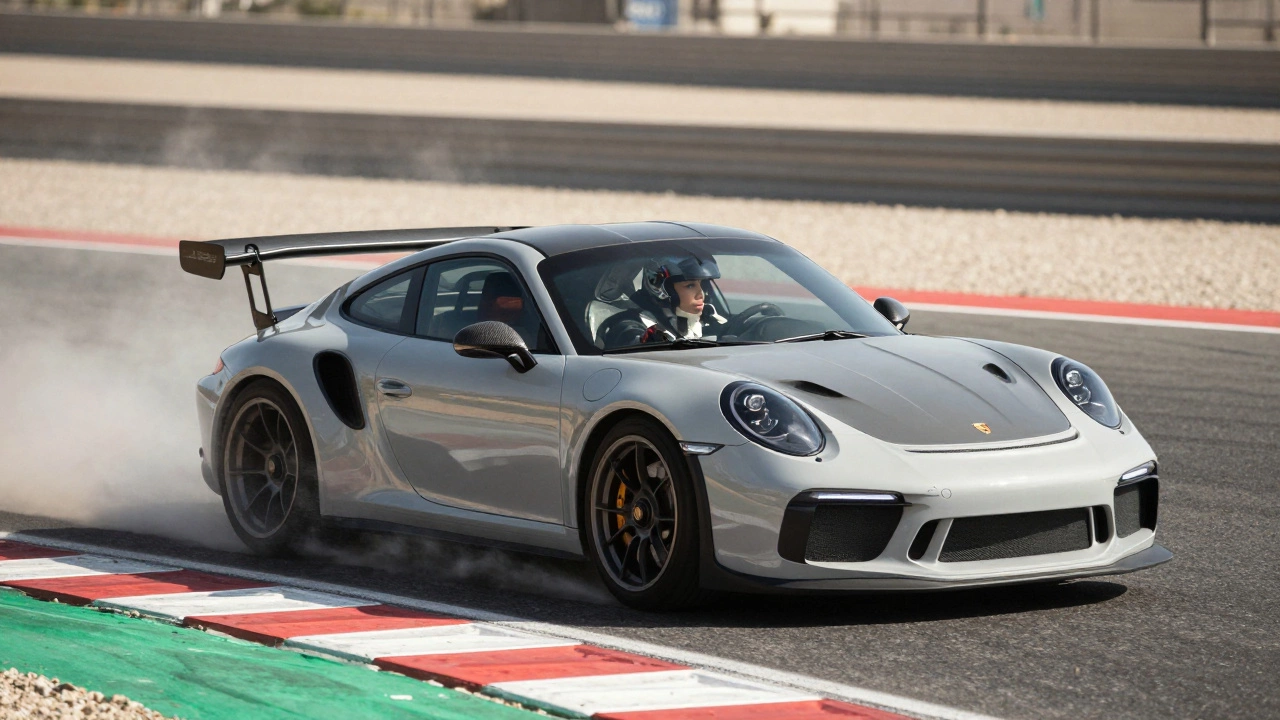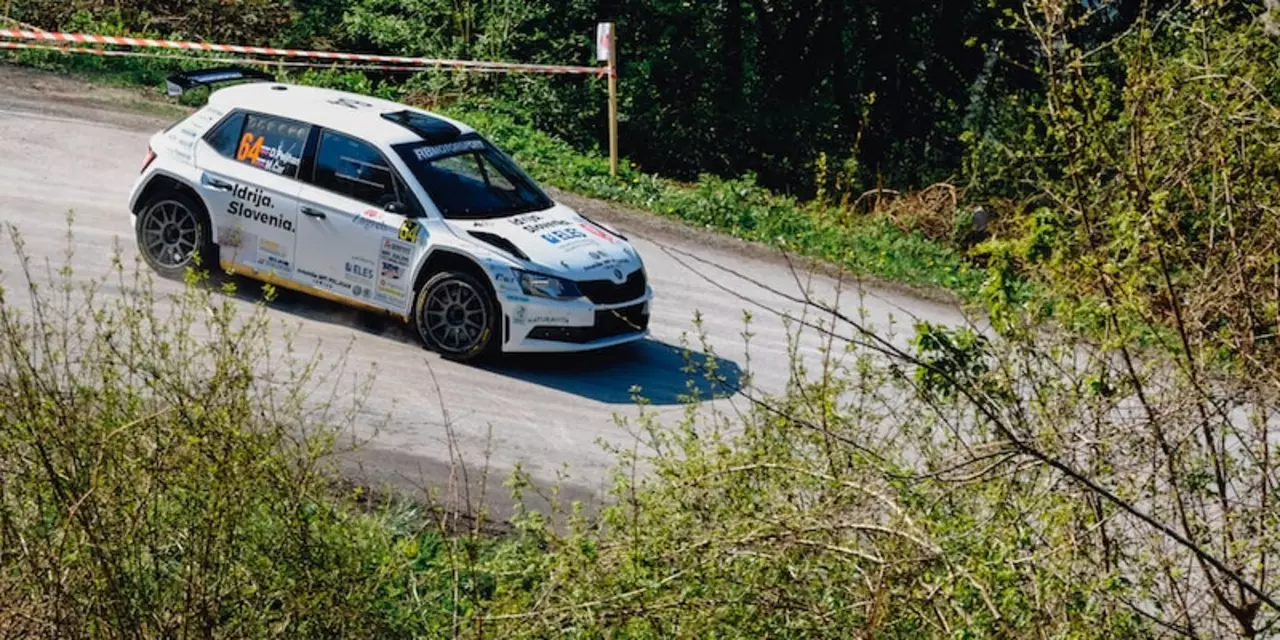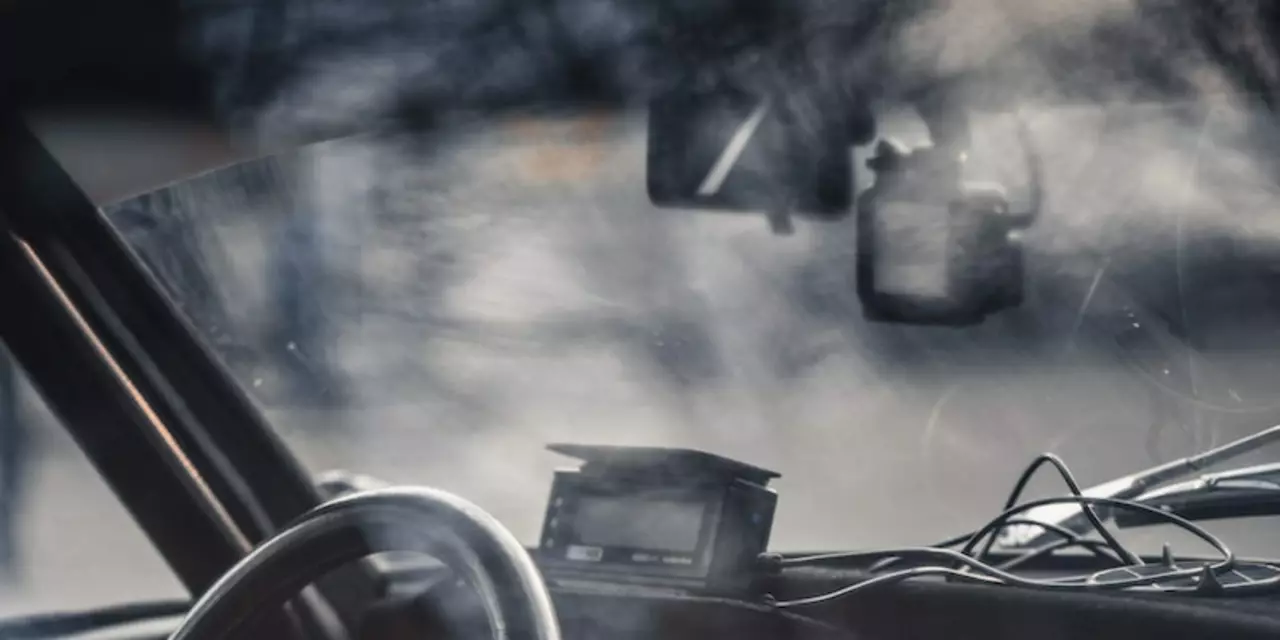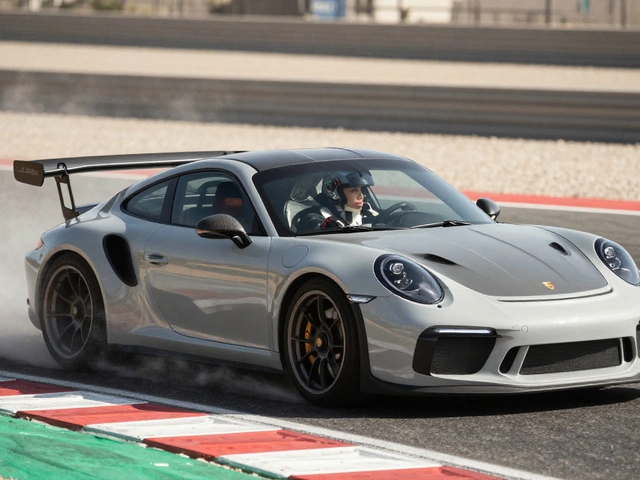Motorsport Updates and Practical Rally Tips
Welcome to the Motorsport hub of Earls Barton Rally Hub – the spot where rally fans get the real‑world info they need. Whether you’re chasing the latest event news or looking for a quick tip to improve your next stage, you’ll find it here.
What’s happening in the rally world?
Every week brings something new: a fresh event calendar, a surprise rule change, or a driver’s story that sparks debate. For instance, the recent discussion about handbrake usage shows how even the smallest tool can change a run. Handbrakes help drivers start a slide, tighten a turn, or stop fast in an emergency. Knowing when to pull the lever can shave seconds off a stage, but overusing it can wreck your rhythm. That balance is a core skill for any rally driver.
Another hot topic is why rally racing hasn’t exploded in the US like it has in Europe. The main reasons are a lack of organized events, high costs for rally‑ready cars, and limited awareness among fans. Still, grassroots clubs are popping up, and the sport is slowly gaining interest. If you’re based in the States and want to get involved, start by checking local car clubs and looking for low‑cost entry classes.
Tips you can use right now
One common question we hear is whether drivers rely on memory or their navigator during a stage. The truth is a mix of both. Experienced drivers often remember key landmarks and carry a mental map, which lets them react faster. Newcomers, however, lean heavily on the co‑driver’s notes. The best approach is to train your memory while keeping communication tight with your navigator. Try driving the same stage a few times without notes; you’ll notice how quickly the road picture forms in your mind.
If you’re tweaking your car for better performance, focus on the basics first: tire pressure, brake balance, and suspension setup. Small adjustments here can make a big difference on loose gravel or snow. And don’t overlook the importance of a reliable handbrake system – a well‑maintained lever can be the difference between a clean slide and a spin.
Finally, stay connected with the community. Our forum threads, event calendars, and gear reviews keep you in the loop. Share your experiences, ask questions, and learn from others who have already tackled the stages you’re eyeing.
From handbrake tricks to the future of rally in America, this page is your launchpad for everything motorsport. Bookmark it, come back often, and keep your rally game sharp.

Orleans Escort Wants Ladies To Take A Spin On The Track
Women in the UAE are breaking barriers on the track, not as spectators but as drivers. From Dubai Autodrome to Al Qudra, track days are transforming confidence, identity, and perception - one lap at a time.
read more
Do Rally Drivers use handbrake?
Rally drivers use the handbrake in some situations. It is used to initiate a slide, to slow down, or to make a tight turn. The handbrake allows for a more precise and controlled maneuver than would be possible with the regular brakes. It is an important tool for rally drivers as it allows them to be more competitive and to be faster. However, the handbrake is not used in every situation and drivers must know when and how to use it.
read more
Why isn't Rally Racing big in the US?
Rally racing is a popular motorsport in many countries, but it has yet to gain traction in the United States. This article explores some of the reasons why rally racing isn't as big in the US as it is elsewhere. These include a lack of organized events, the cost and difficulty of finding a car suitable for rally racing, and the relatively low public awareness of the sport. Additionally, the American motorsport infrastructure does not support the sport, making it difficult for rally racers to get the necessary permits and insurance. Despite this, rally racing is growing in popularity in the US, and the future of the sport looks bright.
read more
Do Rally Drivers use handbrake?
Rally drivers use a handbrake during competition as it is an important tool in controlling the car. The handbrake is used to transfer weight from the rear of the car to the front when cornering, which helps the driver maintain control of the car. The handbrake is also used to initiate a slide or oversteer, which is used to help the driver navigate tight turns. The handbrake can also be used to stop the car quickly in an emergency situation. In short, the handbrake is an essential tool for rally drivers and is used to provide greater control and maneuverability of the vehicle in difficult conditions.
read more
Do rally drivers remember track or rely just on navigator?
This article explores the question of how rally drivers navigate their way through a course. It looks at the differences between experienced rally drivers who have raced the same course multiple times, and those who are new to a track. The article concludes that experienced drivers rely on their knowledge of the track, whereas new drivers rely on the navigator to direct them. It is also noted that both drivers and navigators must be able to quickly identify course changes and landmarks. Finally, the article suggests that experience is key to successful rally driving, as it allows the driver to trust their memory of the track, while the navigator can be used to augment that knowledge.
read more
